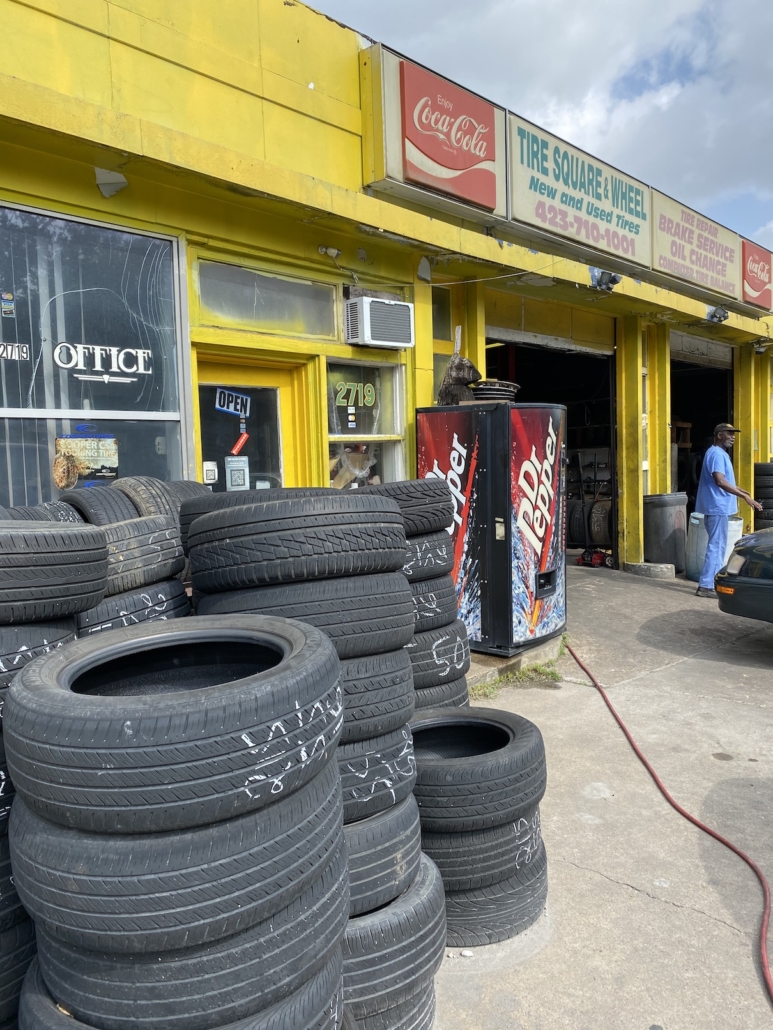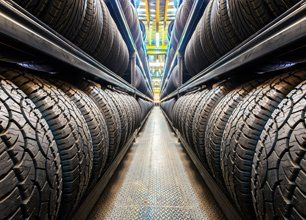
The Importance of Tire Service for Safe Driving
Ensuring the security of oneself and others on the roadway is extremely important when it concerns driving. One crucial element that usually goes overlooked however is important for risk-free driving is tire upkeep. The problem of your tires can dramatically impact your car's performance and total safety. From tire pressure to tread depth, there are several essential elements to think about when it pertains to tire solution. Neglecting these critical elements can result in different dangers while when traveling. Let's check out why tire service is a fundamental component of safe driving and exactly how it can make a significant difference in your total driving experience.
Tire Pressure Upkeep
When tires are underinflated, the call spot-- the location where the tire meets the roadway-- rises, leading to too much warmth build-up and prospective tire blowouts. On the other hand, overinflated tires lower the call patch, resulting in irregular tire wear and minimized traction.
To maintain the correct tire stress, refer to the lorry producer's recommendations usually located in the owner's guidebook or on a sticker label situated inside the chauffeur's side door jamb - morris tires. By prioritizing tire pressure upkeep, motorists can advertise more secure driving conditions and prolong the life of their tires.
Footstep Deepness Assessment
Proper tire pressure not just improves car efficiency yet also influences step wear, making regular walk deepness inspection important for risk-free driving. To make certain optimal safety and security, vehicle drivers ought to regularly examine their tire step deepness making use of a walk deepness scale. Bear in mind, risk-free driving starts with proper tire maintenance, including routine tread depth checks.
Regular Tire Turnings
Routine tire rotations are vital for extending the life expectancy of your tires and guaranteeing optimum efficiency of your car. By consistently turning your tires, you aid distribute put on even more equally throughout all four tires. Front tires tend to put on out more swiftly than back tires because of factors like guiding and stopping forces. Turning your tires at recommended periods, usually every 5,000 to 7,500 miles, can help avoid unequal wear patterns, which can bring about a smoother and much safer driving experience.

Importance of Positioning Checks
Placement checks play a crucial role in ensuring that the also use patterns accomplished through routine tire rotations are kept for ideal automobile efficiency and security. Correct positioning contributes to a comfy and smooth driving experience while likewise extending the life expectancy of your tires. When your automobile's wheels are not appropriately aligned, it can bring about irregular tire wear, influencing handling and gas performance. Misaligned wheels can also put extra stress on suspension components, causing possible damage and costly fixings.
Furthermore, appropriate positioning improves road hold and stability, particularly when driving in difficult conditions such as wet or icy roads. By scheduling routine positioning checks, you can deal with any type of problems quickly, guaranteeing that your car operates at its best and promoting overall safety and security on the road.
Indications of Tire Put On
Preserving watchful observation of your tires' condition is paramount to ensuring effective and risk-free driving practices. One of the vital elements to view out for is tire wear, as it directly influences the efficiency and security of your car. There are several indicators that suggest your tires may be wearing. Irregular walk wear across the browse around this web-site tire surface area can recommend positioning issues or inappropriate rising cost of living. Bulges, fractures, or cuts on the sidewalls are warnings that the tire framework may be endangered. Walk depth is additionally vital, and if it falls listed below 2/32 of an inch, it's time to replace the tires for optimum grip. Additionally, resonances, particularly at high speeds, can indicate tire inequality or various other problems. Regularly looking for these signs of tire wear and resolving them quickly through specialist evaluation and upkeep will not just extend the life of your tires yet also boost your safety when traveling.
Conclusion

From tire pressure to walk depth, there are numerous key variables to take into consideration when it comes to tire solution. When tires are underinflated, the call patch-- the location where the tire meets the roadway-- rises, leading to extreme warmth build-up and prospective tire blowouts. By turning your tires, you guarantee that each tire uses equally, keeping consistent grip (gmc tires). On a regular basis examining for these indications of tire wear and addressing them promptly via professional evaluation and maintenance will not only extend the life of your Get More Info tires yet additionally improve your safety and security on the road
Normal maintenance jobs such as keeping track of tire pressure, checking tread deepness, turning tires, and examining positioning are crucial to make certain ideal efficiency and long life of tires.